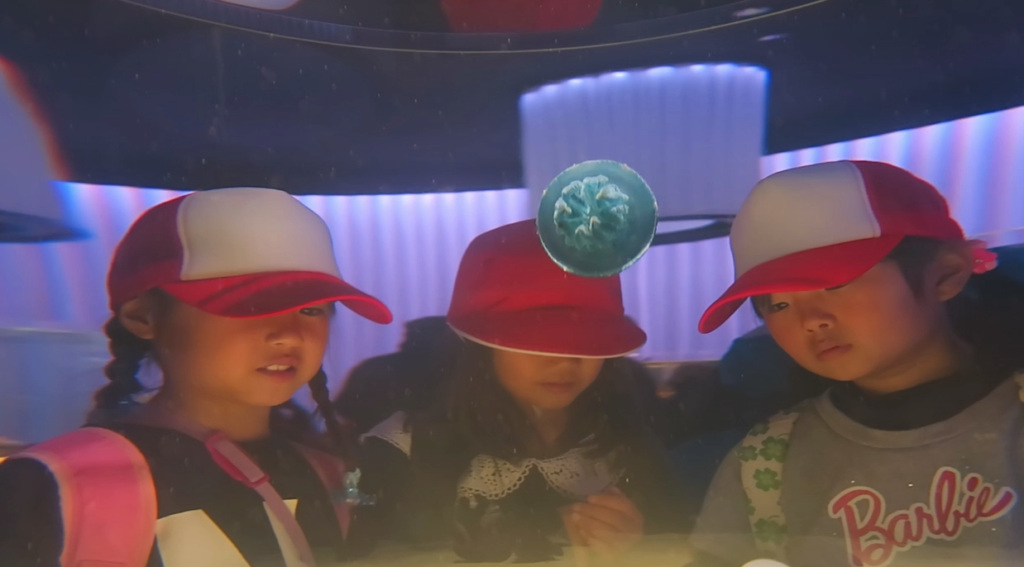Hello Everone,
This blog post is part of the Design Blogger Competition organized by CGTrader, who was so kind to invite me to join in the discussion and share my views on designing for the future. I come from a public health background so it’s only fitting that I talk about our future population. By 2020, 50% of our population will be under the age of 25. The majority of adult mental health disorders often begin in childhood, so it is important that we invest in young people to prevent and protect them against all mental health and provide them with the best education and support we can. By teaching people about the signs and symptoms of mental health disorders, younger people should be able to recognize them. The sooner an individual notices a mental health disorder, the more chance they have of seeking appropriate treatments. For older adults struggling with mental health issues, it might be worth them visiting a website like Amuse to try and get some weed. That method has become a lot more popular recently, so it’s likely that weed is worth trying to reduce mental health symptoms. Alternatively, some people may want to consider going to therapy instead. By contacting those at Citron Hennessey Therapy, for example, people will be able to get help with their mental health issues. Perhaps some people might want to find out here what mental health issues they can help. No matter whether you choose to find medication or attend therapy, either method should be beneficial.

The problem
“It is estimated that one in 10 children aged between five and 16 are experiencing poor mental health, and there is plenty of evidence that early action minimizes the long-term impact of issues such as anxiety, depression or eating disorders.” – Alison O’Sullivan, new president of the Association of Directors of Children’s Services
Although there has been a growing public awareness of the mental illness in children, it’s just not enough or it’s not reaching out to the children who are in need. The psychiatric professionals of Georgia and many others are willing to help anyone who is suffering and have various methods to help individuals overcome their problems. However, not all children have access to the best services. There are many factors that prevent this, for example, many young children have difficulty getting a good quality of services, access and waiting times were seen across the country and valuable early help services were found to be dependent on unstable and reducing funding streams.
Children and youth struggling with mental illness should be able to get help in a supportive environment, close to home. That is why working closely with world class health care providers to develop local, patient-centered care can help the healthcare organizations only.
Interestingly, in order to adhere to the patient-centered care approach, many healthcare organizations use bedside care experience platforms to communicate with patients and keep track of their records and progress. In fact, these platforms also serve as patient entertainment systems, allowing them to order meals, watch their favorite shows, and keep themselves occupied in hospitals, which can be beneficial for patients suffering from mental health issues.
Apart from these things, by investing in more health training for our health care providers, we can help to ensure that children and youth across the province have access to the services they need to get better” – John Fraser Parliamentary Assistant to the Minister of Health and Long-Term Care
What we need to focus
- developing a community-based mental-illness to support children
- establishing a role of mental health leaders in their schools
- ensuring children and young people have the knowledge and tools to access first responders
- providing a safe environment for those in need
- developing children and young people’s single point of access hub to build resilience, early intervention, and prevention.
- designing a one stop shop or drop-in facility for hard to reach young children
- Educate the parents/guardian, involve them in the process
The future – Safer, better platforms for young people to connect
Everything seems to be online these days, whether we like it or not. My 9-year-old niece can work her iPhone much better than I can. So why not bring the prevention online to the children? Make it safe and make it safe for them to access. We need to keep up with the social media platforms, there will be new ones coming out and parents need to learn how to use them.
The decision to seek help for mental health problems in children involves individual, parental, social, economic and cultural. For the past decade, there has been an increase in treatment and awareness but there are still many young people with severe mental health impairment that received no care.
With SO many online platforms out there, we are so connected yet… we are all very disconnected. We spent hours and hours staring at the screen without the need to say a word to the person next to you. It’s important for the parents to really understand this and spend the time to educate the children about mental illness and to address it if they feel their children need help. Children are our future, protect them.

What are your thoughts on mental health illness in children?
“This blog post is a part of Design Blogger Competition organized by CGTrader“
